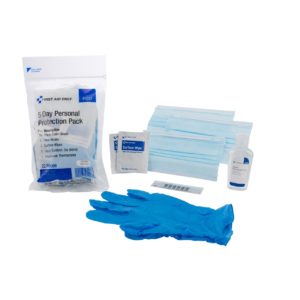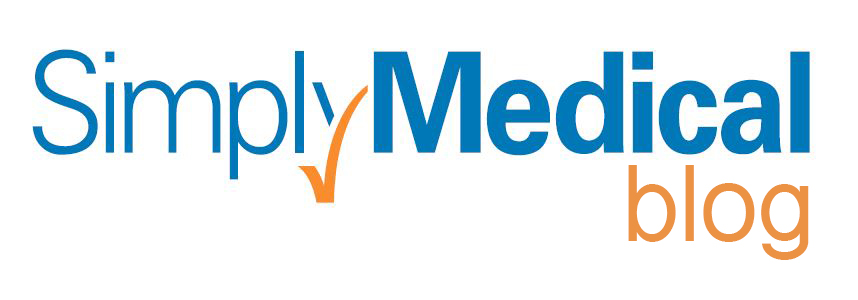As the COVID-19 pandemic continues unabated, the question of how best to protect yourself from the virus is still very much on many people’s minds. Considering the pandemic’s scope and the easy transmissibility of the virus, proper protection is important. That means practicing proper hygiene such as frequent hand-washing and, just as importantly, using PPE the way it is intended to be used.
What is PPE?
“PPE” is shorthand for “personal protective equipment” and includes items such as masks, respirators (for those in healthcare settings), face shields, gloves, and gowns. When used correctly, personal protective equipment is just that — a protective barrier between you and any pathogens in the environment, including the virus which causes COVID-19.
But for PPE to adequately protect you, you must take care to put on, wear, and remove your PPE correctly. Here are the best practices, as recommended by the CDC, for using PPE.
Using PPE: How to Put It on Properly
Before you don any personal protective equipment, you should sanitize your hands either by washing thoroughly with soap and water for 20 seconds or using an alcohol-based hand sanitizer that’s at least 60 percent ethanol. Only after your hands are thoroughly washed/sanitized should you touch your PPE.
If you’re planning to wear a gown, begin with it. Choose the correct size, and ensure that all of the ties are secured after you put it on.
The next item should be your mask. Hook the loops behind your ears and, if the mask has a nosepiece, use both hands to fit it to your nose. The mask should fit securely, without large gaps between your cheeks and the mask material. It should cover both your nose and mouth and extend under your chin.
Once your mask is on, avoid touching it; don’t wear it under your chin or reach up and adjust it. Your mask should stay in place until you’re ready to remove your PPE. Finally, if you’re using gloves, you may put them on.
Reduce the Risk When Taking PPE Off
Carefully removing your PPE can help reduce the risk of spreading any pathogens you may have come in contact with, while careless removal can lead to contamination. To remove your PPE, begin with your gloves.
Ensuring that your hands don’t come in contact with the exterior part of your gloves is essential, and the CDC recommends using the glove-in-glove or “bird beak” methods of glove removal as best practice. You may then dispose of the used gloves.
After removing your gloves, it’s time to remove your gown. Untie the ties (or unsnap the snaps, depending on the type of gown you’re wearing). Then reach up to your shoulders, pull the gown away from your body, and roll it down into a bundle. Dispose of the gown as you did your gloves. Wash or sanitize your hands before removing your face mask.
To remove your mask, carefully hook the ear loops and pull away from your face, taking care not to touch the mask itself. If you’re using a disposable mask, discard it along with your gown and gloves. After mask removal, wash or sanitize your hands again.
Where to find PPE

SimplyMedical.com can fill your PPE needs with a range of personal protective equipment that’s both convenient and affordable. The disposable Intco pleated procedure mask provides hospital-quality protection, meeting ASTM Level 1 standards and featuring a non-woven 3-ply design and adjustable nose piece for a more secure fit.
Our selection of disposable gowns allows you to choose the style and fit which best suits your needs. And if you’re using PPE daily, the 5 Day Personal Protection Pack may be just what you need. With 5 pairs of nitrile gloves, 5 ASTM Level 1 rated face masks, 5 isopropyl alcohol surface wipes, one bottle of 70% ethyl alcohol hand sanitizer, and a disposable thermometer, the 5 Day Personal Protection Pack gives you all-round PPE coverage.
No type of protection is 100% foolproof, but choosing the appropriate PPE, following these best practices for use, and practicing good hand hygiene help ensure that you’re as protected as possible from COVID-19 — and any other pathogens that may be lurking.

